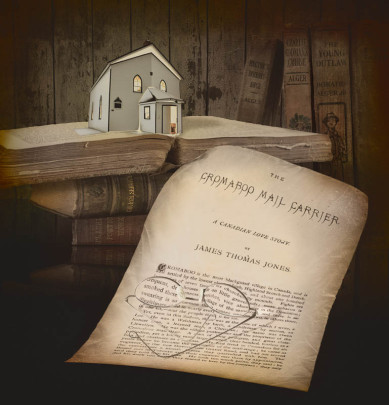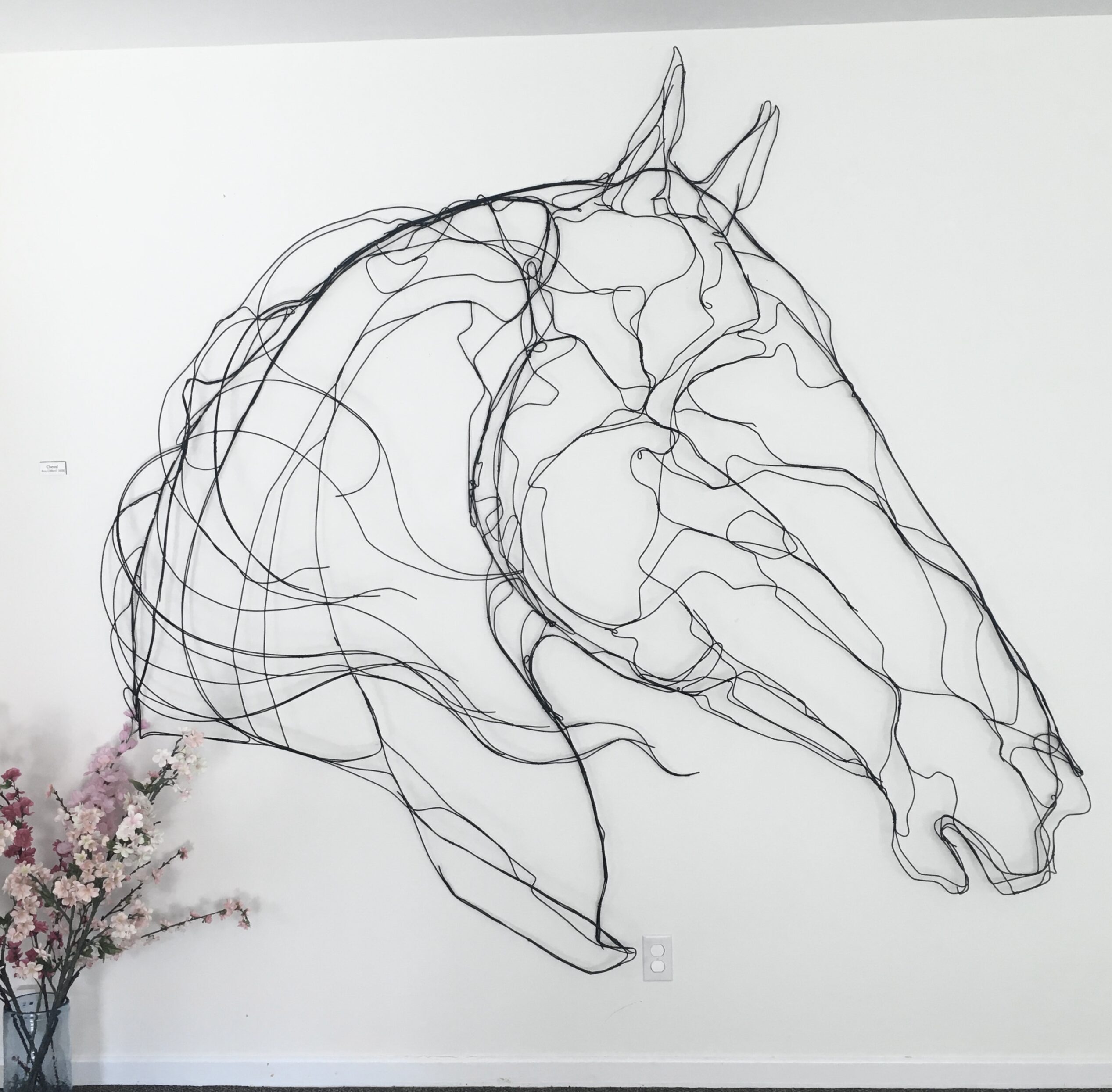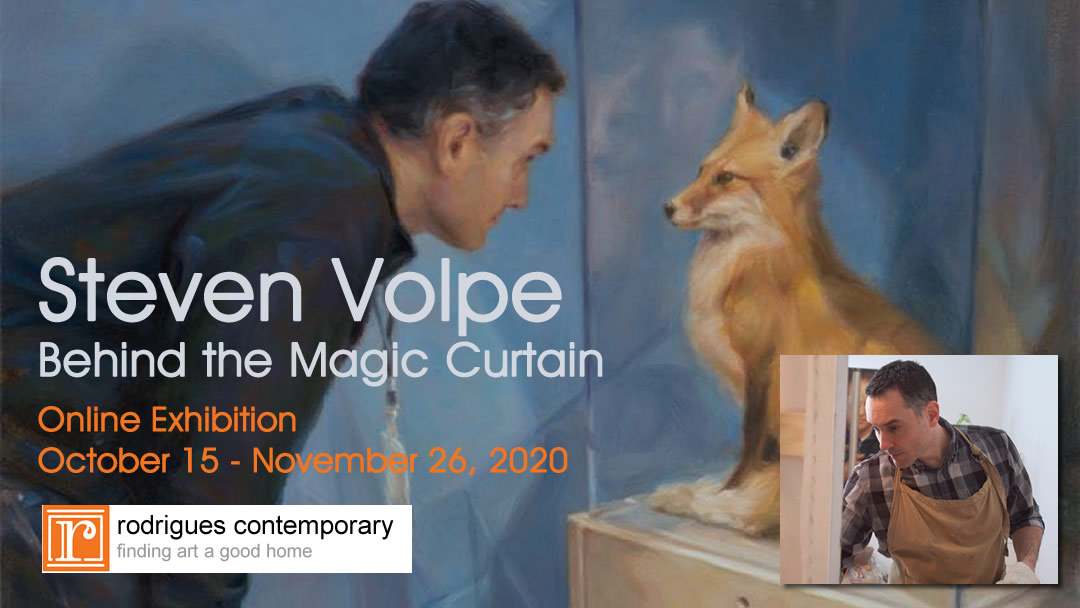“I promise to introduce you to the most fashionable people. I promise you romance, adventures, love-making in galore, and finally orange blossoms and wedding favours; kisses – blessings – only have patience”, writes author Mary Leslie (aka James Thomas Jones), in her one and only published book The Cromaboo Mail Carrier – A Canadian Love Story.
The story, with very little plot, takes place in Cromaboo, the fictional name for what we now know is the Village of Erin, in Caledon, Ontario. A young lad of 19 finds himself in love with a woman 14 years his senior. One could say Miss Mary Paxton was the original cougar. Although the names were changed to protect the innocent, the events in a very small village were not. The villagers recognized themselves in this publication and very quickly had the book withdrawn from circulation.
Over a century later, Craig Bell, photographer, re-introduces Cromaboo through his recent piece created for an art show and sale in celebration of the 175th anniversary of the Melville White Church, in Caledon.

Little Church of Cromaboo, Craig Bell, Photography
Bell informs me that Little Church Of Cromaboo is intended to provide a look back at what life must have been like mid-1800 in Caledon and thanks Tim Inkster of Porcupine Quill for his lessons on local literary history.
“The old family bible in the photograph represents the family values that formed one of the pillars of this church. The Book of Poems about the loneliness of early Scottish settlers in the area by Alexander McLachlan speaks to the opportunity to socialize that the church would have provided. Finally, the opening page from Mary Leslie’s Cromaboo Mail Carrier (published 1878) that scandalously describes 1870’s Erin as a place where fights are frequent, drunkenness flourishes and vice abounds could be seen as another reason for the church to exist.”
Craig’s expressive new works are ominous and somber and never straightforward. This one does not disappoint. He dissects his scene and puts it back together in a clever manner, with unusual angles and some distortion. To me, having the light on brilliantly represents the fact that there is still life in this forlorn little church.
“My photos reflect the emotions I feel as I stand behind the lens: untold stories of places long ago abandoned, of small details that now pass unnoticed and of the tensions between shadow and light”
Proceeds from this exhibition were donated towards maintenance and improvements to the historic Melville White Church.
Written by Teresa Rodrigues Brownell,
Gallerist, Critic, Artist, Founder of Rodrigues Contemporary






